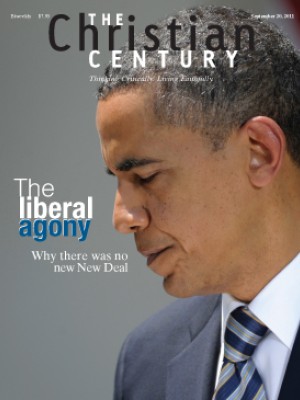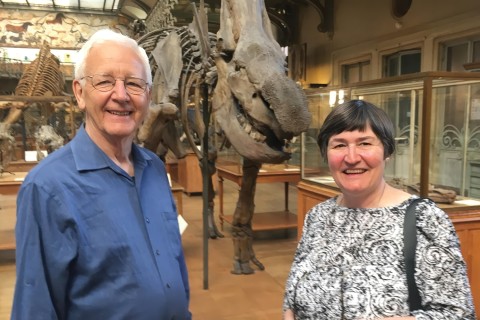Civil rights vets: King memorial was long overdue
At age 93, famed preacher Gardner Taylor never thought he'd live to
see the day when his friend Martin Luther King Jr. would be honored with
a national memorial in Washington, D.C.
"I think it is singularly
appropriate and long overdue," said Taylor, who helped found the
Progressive National Baptist Convention to support "Mike," a nickname he
used for King.
"Mike King was minister and leader not only of black people," he said, "but he was leading the nation to what it ought to be."
Ahead
of the memorial's official dedication, the men and women who worked and
marched alongside King said it's important to remember that before he
was in the vanguard of the civil rights movement, he was a preacher of
the gospel.
In fact, "it's really impossible to separate the civil
leader from the religious leader," said Taylor, known nationally as the
dean of African-American preachers. "He embodied both, and his life was
a testimony to the unity of the two."
Designers intended for the
memorial to demonstrate what they called King's "spiritual presence,"
with his 30-foot physical image sculpted in the "Stone of Hope" and a
wall of inscriptions that include quotes from his sermons and speeches.
In
his "I Have a Dream" speech, uttered 48 years ago to the day of the
scheduled memorial dedication, King said: "With this faith, we will be
able to hew out of the mountain of despair a stone of hope."
An
earthquake and Hurricane Irene changed plans to honor King in the
nation's capital at the Washington National Cathedral August 28, so a
smaller-than-expected crowd of 1,000 religious leaders and civil rights
veterans gathered the day before in the Basilica of the National Shrine
of the Immaculate Conception.
Former ambassador Andrew Young,
speaking in the Catholic basilica, drew on the symbolism of the
memorial—in which King's 30-foot sculpture on a "Stone of Hope" emerges
from a "Mountain of Despair."
King worked to defeat racism and
militarism, he said, but died fighting poverty. "As we leave this place
of celebration, the statue, remember that the mountain of despair is
still there and now it's thrust on all of us," said Young, a former
president of the National Council of Churches.
Read our latest issue or browse back issues.
The placement of
the monument, along the Tidal Basin, a stone's throw from monuments to
Thomas Jefferson and Franklin D. Roosevelt, is particularly meaningful
to Otis Moss Jr., who was married 45 years ago by King.
"To have a
nonviolent leader, spokesperson and martyr memorialized in the sight
lines of presidents Jefferson, Washington and Lincoln—two of whom were
slaveholders and one having a mistress who was black—and to have this
moral message is, I think, unprecedented," said Moss, a retired
Cleveland pastor. "This is more than stone. It is a statement, a moral
statement."
Moss, who was part of the student sit-in movement in
Atlanta in the 1960s, said King's words, etched in the stone surrounding
his likeness, will help bring life to a figure who achieved iconic
status. "Here was a great moral leader . . . a philosophical theologian
whose teachings and preaching were anchored in the biblical message of
love, justice and reconciliation."
It's not enough, however, to
simply recall King's work and words, contend those who soldiered
alongside him. A new generation must pick up where he left off, they
continue to say.
"It's a very fitting tribute that will serve, I
think, a noble purpose in reminding people of his contribution and how
far the country has come and hopefully will encourage people to join in
the struggle," said Joseph Lowery, a retired Atlanta minister who
cofounded the Southern Christian Leadership Conference with King and
others.
Previewing the memorial with other black Catholics
recently, Sister Antona Ebo sat beneath the King sculpture and recalled
joining five white sisters in a march in Selma, Alabama, a few days
after the 1965 Bloody Sunday attacks. "I was hesitant about going
because it was a matter of going and asking oneself, 'Do you want to be a
martyr for somebody else's voting rights?'" she recalled.
Nearly a
half century later, she said the martyred King is finally and
appropriately honored in the pantheon of national heroes. "It's his
right to be honored in that way," she said, "but he probably would be
the most reluctant to say so because of his humility."
Charles
Adams, a Detroit preacher and Harvard Divinity School professor who
worked as an intern for King when he taught at Morehouse College in the
early 1960s, agreed. "His wife called me shortly after he died and said,
'You know, my husband isn't about monuments; he's about the movement,'"
Adams recalled. —RNS




